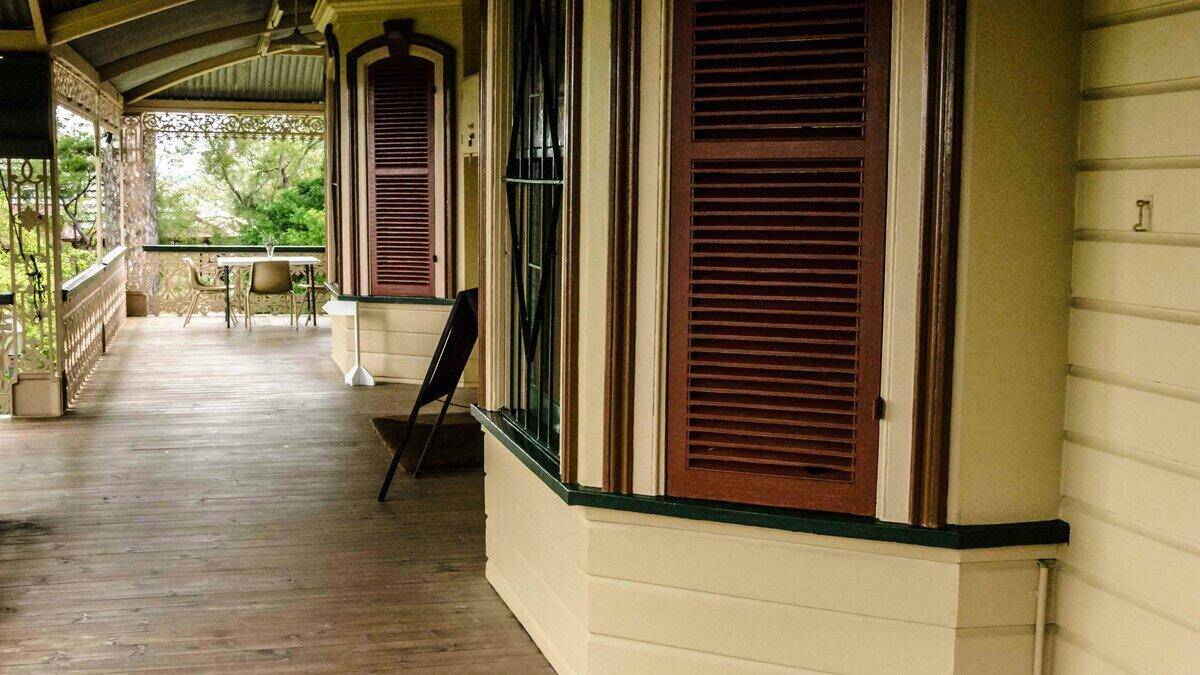Annualised housing credit growth has remained at 7.9% for three months now - still high by historical standards but not as rapid as six months to a year ago.
For owner occupiers the pace slowed slightly from 9.0% in April to 8.9% in May.
Investors made up for the shortfall with annualised growth hitting 6.1% in May, up from 5.8% in April.
The 6.1% figure is the highest since January 2016, before regulators clamped down on interest-only lending in 2017.
Other personal lending continues its decline, down 2.8% on an annualised basis in May - the last positive data point was seen in September 2015 (+0.4%).
Westpac economist Andrew Hanlan said home lending growth is likely to have peaked.
"A policy u-turn is now underway ... the tightening of policy will crimp demand for credit. On the housing side, there are already tentative signs that this policy u-turn is beginning to bite," Mr Hanlan said.
Record housing credit growth peaking has coincided with the Reserve Bank hiking the cash rate by a quarter of a percent in May, and half a percent in June.
Many lenders have not hesitated to pass on the rate hikes in full to variable mortgage rates, and the RBA estimates a two percentage point increase in the cash rate could sink home prices by 15%.
AMP Capital senior economist Diana Mousina said the rate hikes have tempered Australians' appetites for home lending.
"The RBA would be pleased that its changes to monetary policy are having the desired impact, although the central bank still has to tread carefully not to crush the consumer if it wants to avoid a serious growth downturn," Ms Mousina said.
Slowing economic growth and elevated inflation is referred to as stagflation.
Recent census data shows 37% of households have a mortgage, while less than a third own their home outright - home ownership rates have been falling for 30 years.
AMP Capital economists predict a 10-15% fall in home prices through 2023.
"A decline in home prices is negative for consumer wealth (housing makes up 65% of total wealth) and as a result, consumer spending because of the impact from the 'wealth effect'," Ms Mousina said.
CoreLogic's home price index has recorded the second consecutive month of declines, down 0.6% nationally in June.
This was led by Sydney, down 1.6% over the month and 2.8% over the quarter.
Melbourne was also down 1.1% and 1.8% respectively.
This is reflected in consumer confidence data, which is experiencing a recession-like outlook despite there being no recession - yet.
Moody's Investors Service says this is a global issue.
"Global credit conditions have turned more negative and will be tighter for the rest of the year amid rising borrowing costs, the prospect of a protracted military conflict between Russia and Ukraine, materially slower growth of the world economy, surging prices for energy and commodities, renewed supply-chain disruption and increased financial market volatility," credit strategy director Elena Duggar said.
However, housing cost strain is likely to continue, even with declining home prices - Moody's research found home prices nationally would have to decline 18.3% to offset the extra costs of a 1.85% RBA cash rate.
Photo by Harrison Astbury

Ready, Set, Buy!
Learn everything you need to know about buying property – from choosing the right property and home loan, to the purchasing process, tips to save money and more!
With bonus Q&A sheet and Crossword!



 Denise Raward
Denise Raward

 Harry O'Sullivan
Harry O'Sullivan

 Hanan Dervisevic
Hanan Dervisevic

